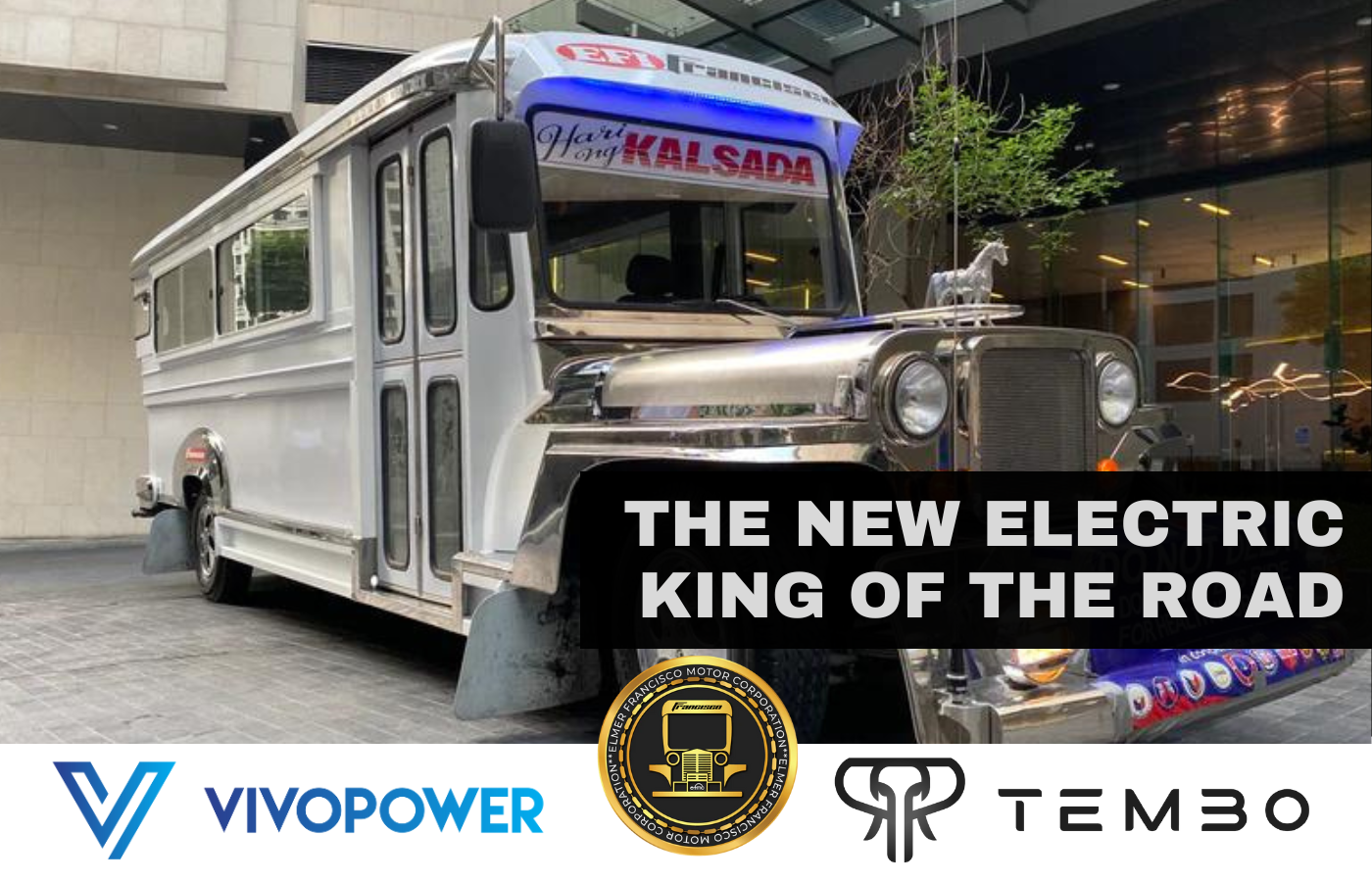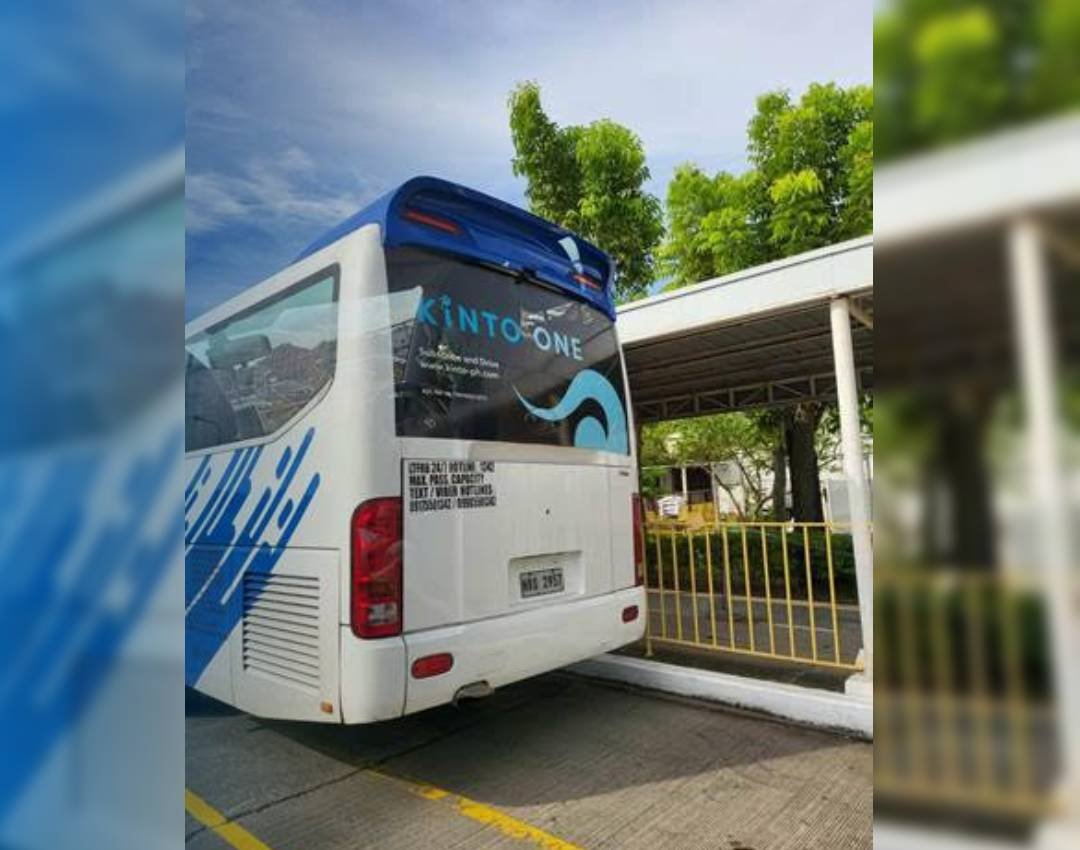Raise Brand Get To with Transit Advertising Philippines
Raise Brand Get To with Transit Advertising Philippines
Blog Article
A Thorough Assessment of the Strategies and Strategies for Successful Transit Advertising And Marketing Campaigns
Transportation ad campaign provide a distinct possibility for brands to involve with diverse target markets in dynamic atmospheres. To achieve success, it is necessary to recognize the subtleties of target demographics, execute innovative style strategies, and select ideal placement locations. Additionally, the efficiency of these campaigns can be significantly enhanced by carefully monitoring efficiency metrics and adapting techniques accordingly. As we check out these essential parts, it comes to be clear that the course to an impactful transit marketing method is both complex and gratifying, increasing the inquiry of how finest to browse these complexities for optimal brand name presence.
Understanding Target Demographics
Comprehending target demographics is important for the success of transportation ad campaign (Transit Advertising Philippines). Recognizing specific target market segments allows advertisers to customize their messages effectively, guaranteeing that the material resonates with the intended visitors. This method enhances interaction and takes full advantage of roi
To properly evaluate target demographics, marketers should consider a number of key factors, including age, revenue way of life, level, and occupation preferences. As an example, a campaign focused on young specialists might concentrate on ease and modernity, while one targeting families might stress safety and security and dependability. Moreover, geographical aspects such as urban versus country settings can considerably influence customer actions and choices.
Data collection methods such as studies, focus groups, and social media sites analytics provide important insights into market fads and customer habits. By leveraging this details, advertisers can craft engaging narratives that straighten with the values and needs of their target market.
Ultimately, recognizing target demographics not just informs the tactical instructions of transit advertising and marketing campaigns but additionally ensures that resources are assigned efficiently. This targeted approach enhances the likelihood of attaining project objectives, fostering brand name loyalty, and driving conversions.
Innovative Design Techniques
Effective interaction with target demographics counts heavily on innovative creative design techniques in transportation ad campaign. To efficiently catch interest in a jampacked aesthetic atmosphere, developers must focus on quality and aesthetic impact. Utilizing high-contrast aspects and vibrant shades can enhance exposure, ensuring that messages are easily legible from a distance.
Including dynamic imagery that resonates with the target audience is essential. Visual storytelling strategies can evoke emotions and produce memorable organizations with the brand name. Additionally, tactical use typography helps share essential info quickly; understandable fonts and suitable sizes better enhance readability.
Integrating interactive components, such as QR codes or increased truth features, can engage commuters beyond passive observation (Transit Advertising Philippines). These methods not just advertise user communication but also bridge the space in between traditional marketing and electronic engagement
In addition, utilizing area artistically-- whether on bus covers, transit shelters, or metro advertisements-- can result in cutting-edge layouts that break the mold of traditional marketing. By accepting creative creativity while keeping brand uniformity, campaigns can cultivate a strong link with their audience, inevitably driving both understanding and action. The combination of these style methods is vital for accomplishing successful transportation advertising results.
Strategic Placement Methods
Taking full advantage of the impact of transportation marketing depends upon tactical placement techniques that ensure ideal visibility and engagement. Effective placement entails examining high-traffic locations and recognizing passenger demographics to identify the most beneficial locations for ad displays. As an example, placing advertisements near entryways and exits of transit lorries can capture the focus of boarding and alighting guests, thus enhancing direct exposure.
Additionally, using both interior and exterior surface areas of transportation lorries can dramatically broaden reach. Exterior advertisements, noticeable throughout commutes, involve pedestrians and various other vehicle drivers, while indoor advertisements target travelers in a captive other environment. Additionally, placing ads en route centers, such as bus terminals or train terminals, enables enhanced perceptions as travelers transition between different settings of transportation.
Timing is additionally vital; lining up the project launch with peak traveling periods makes best use of target market involvement - Transit Advertising Philippines. Additionally, leveraging electronic screens en route settings can help with vibrant material, improving and providing real-time updates user interaction. By employing these strategic positioning approaches, online marketers can make certain that their transit marketing campaign achieve maximum exposure, resonate with the target audience, and inevitably drive wanted end results

Gauging Project Performance
To assess the success of transit marketing campaign, it is necessary to employ a selection of measurement strategies that give insights right into target market interaction and general efficiency. One key technique is using crucial efficiency indications (KPIs), such as reach, impacts, and involvement prices, which evaluate the amount of people interacted and checked out the ad with it.
Surveys and emphasis teams can also contribute in assessing customer understandings and recall, permitting marketing professionals to recognize the influence of their messaging. Additionally, tracking website traffic and social networks interaction during and after the project helps determine direct reactions to the advertising and marketing.
One more reliable strategy is using location-based analytics, which can offer data walking website traffic around specific transit places, using understandings into whether the campaign effectively recorded the interest of commuters. Furthermore, evaluating sales information can expose correlations between transit advertising and marketing and boosted revenue, supplying concrete evidence of a campaign's performance.
Study of Success
Understanding the performance of transportation ad campaign via measurement strategies prepares for checking out real-world examples that highlight successful end results. One noteworthy instance study entails a national beverage brand name that made use of bus covers in city locations. The campaign intended to raise brand presence and sales throughout the summer season. By using geo-targeted electronic advertisements and analytics, the brand name gauged a 30% rise in sales in areas where the wraps were plainly shown, read this demonstrating the direct influence of transportation marketing.
One more engaging example originates from a regional not-for-profit organization that launched a campaign on metro platforms to promote a community occasion. The company incorporated dynamic visuals with QR codes directing commuters to an enrollment page. Post-campaign evaluation revealed a 50% rise in occasion attendance compared to the previous year. The use of straight involvement with modern technology amplified the project's reach and efficiency.

Final Thought
In recap, successful transportation advertising and marketing projects demand an extensive approach that integrates an understanding of target demographics, innovative design methods, and strategic positioning. Collectively, these methods foster brand name existence and take full advantage of the return you can try here on financial investment in transportation advertising initiatives.
Understanding target demographics is essential for the success of transit marketing projects.Efficient interaction with target demographics counts heavily on cutting-edge imaginative design methods in transit marketing projects. By employing these strategic positioning approaches, marketing experts can make certain that their transportation advertising and marketing campaigns attain maximum visibility, reverberate with the target audience, and ultimately drive desired results.
Recognizing the performance of transit advertising projects through dimension techniques lays the foundation for examining real-world instances that illustrate effective outcomes.In summary, successful transportation advertising campaigns require a thorough approach that integrates an understanding of target demographics, innovative design strategies, and calculated placement.
Report this page